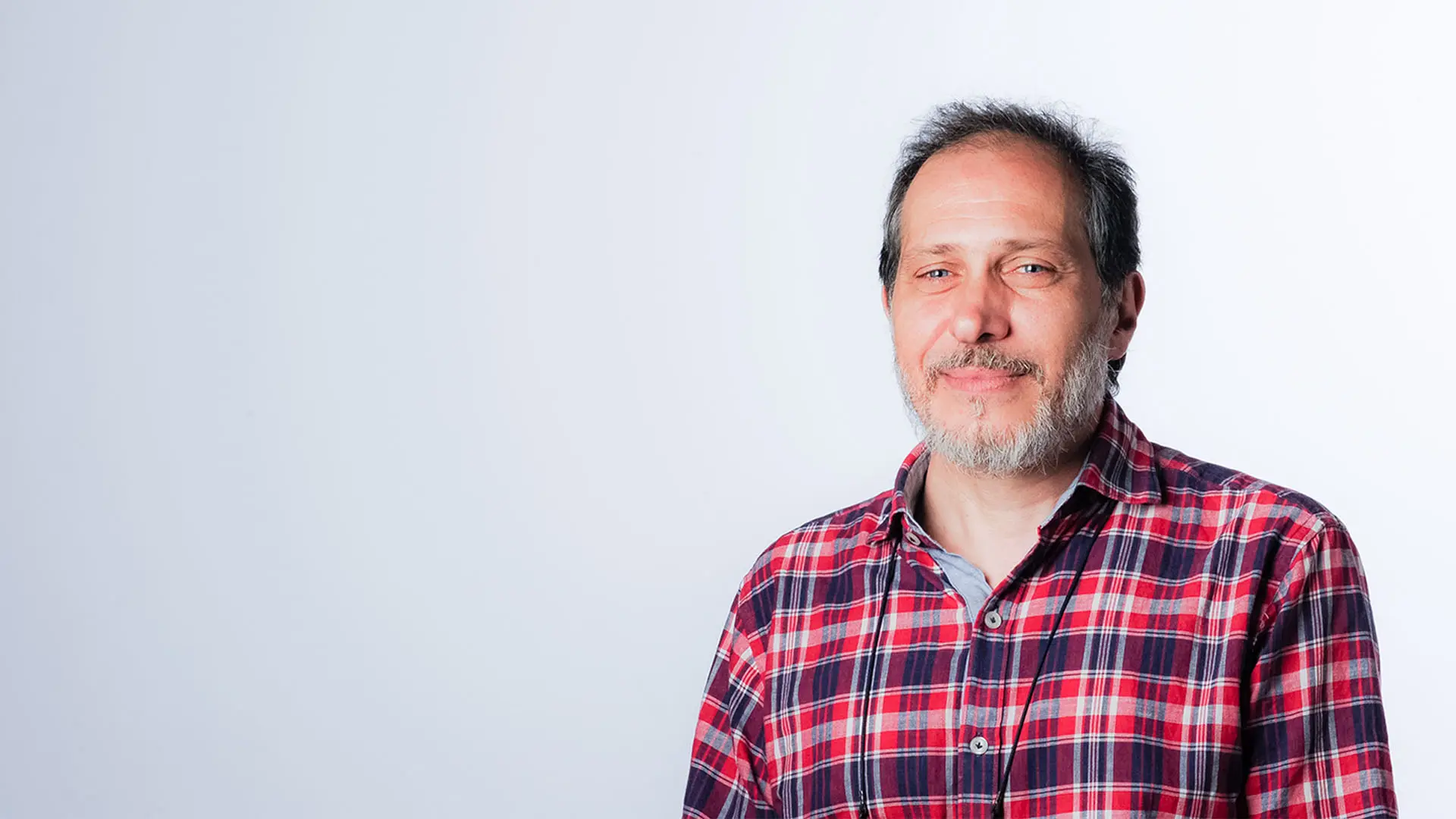Anti-Disciplinary Communication Design
Francesco Ermanno Guida

My name is Francesco Ermanno Guida. I am an architect, with a PhD in Design and Technologies for the Enhancement of Cultural Heritage, researcher and assistant professor (Bachelor in Communication Design). I have been working on visual communication since the early 1990s, particularly on identity systems, museum signage and publishing. I am the author of the book "Comunicazione coordinata per i Beni Culturali: 4 progetti italiani", Corporate Communication for the Cultural Heritage, 2003.
I have published contributions on visual communication, public communication and sign systems in museums, in journals such as LineaGrafica, Diid, Gud, Progetto Grafico, books and conference proceedings.
I edited, among other things, with Giancarlo Iliprandi the volume "Type design. Design experiences between theory and praxis" in 2011, and with Cinzia Ferrara "On the road. Bob Noorda, il grafico del viaggio" in 2011, reported in the Adi Index 2012.
Some of my projects have been exhibited in group exhibitions in Italy and abroad and published in various national and international volumes and yearbooks. I am a professional member of Aiap, the Italian Association of Visual Communication Design, of which I am a national councillor and currently the coordinator of the Documentation Centre on Graphic Design/Museum of Aiap.
As a member since 2012 of AIS / Design, Associazione Italiana Storici del Design, I am a member of the editorial board of "AIS / Design. Storia e Ricerche", the journal of the Association, of which I was associate editor for the biennium 2018-2020.
Over the last few years my research has focused in particular on identity and branding systems applied to new technological and hybrid scenarios, on the design of user-centred or user-involvement-based information, orientation and signage systems, and on the history of Italian graphic design with a focus on the micro-historical approach.
For years, in coordinating the Final Synthesis Laboratory of the Degree Course in Communication Design, I have been able to develop a series of teaching, reflection and research paths in a broad but circumscribable field. The general objective is the design of experiences centred on communicative machines, devices, be they digital, physical, virtual or based on analogue 'mechanisms' or processes. In this way, we have moved the limits of the project far beyond a pure visual dimension, in a mixture of conceptual, strategic, technical and linguistic definition. The real pretext are the themes, the 'activating' subjects to work on. The aim is to reflect, to identify solutions, to verify them through prototyping, to put them to the test through confrontation with the public. The entire design process was centred on the simple and eternal principle of learning by doing, which basically consists of "messing about", making mistakes, trying and trying again to achieve the best possible result.
This approach allows students to experiment with visual expressions and user experience between two and three dimensions. Each project must rest on a solid and motivated conceptual basis and be physically verified through the realisation of working prototypes. This path and its objectives have been defined in the conviction that Communication Design today is a field, an open context, with blurred limits and boundaries. It could be defined as an anti-disciplinary discipline that converges from the design of physical and intangible visual artefacts towards the design of systems. Moreover, its centre is increasingly shifting from that of function to that of meaning.
This shift in focus also brings value in the adoption of speculative practices in an educational setting. Generally speaking, Communication Design is understood as a problem-solving oriented practice, and simulations of a professional context are also frequently used in education and training. Despite this, one must consider the discipline as rarely self-centred: it is a language, a banner that one can fill with whatever one wants.
Sometimes it is a client who fills this banner, other times the designer has to play this role. Either way, the banner remains a means of communication. It is intriguing to involve students in a process that moves from problem-solving towards problem-finding, encouraging them to develop concepts and scenarios in which it is neither necessary nor essential to consider a specific function. Hence: concept, design and verification of solutions. It is not so much a problem of skills and technicalities: it is a problem of intellectual knowledge. The important thing is to have a strong motivation to learn uncertain things and to manage this uncertainty, to critically analyse one's own solutions and to question them, rather than simply learning a professional practice.
Info:
*humans.labsintesi-c1 *
wordsworks.labsintesi-c1
whatif.labsintesi-c1